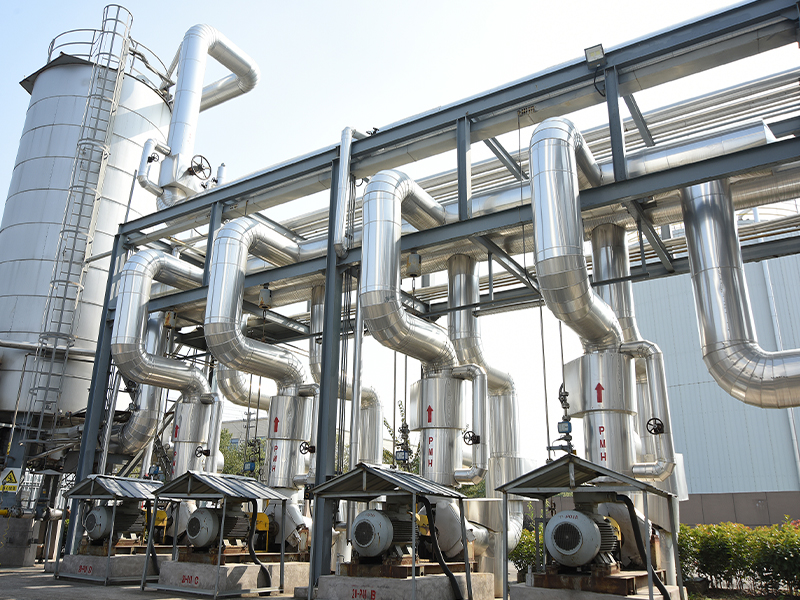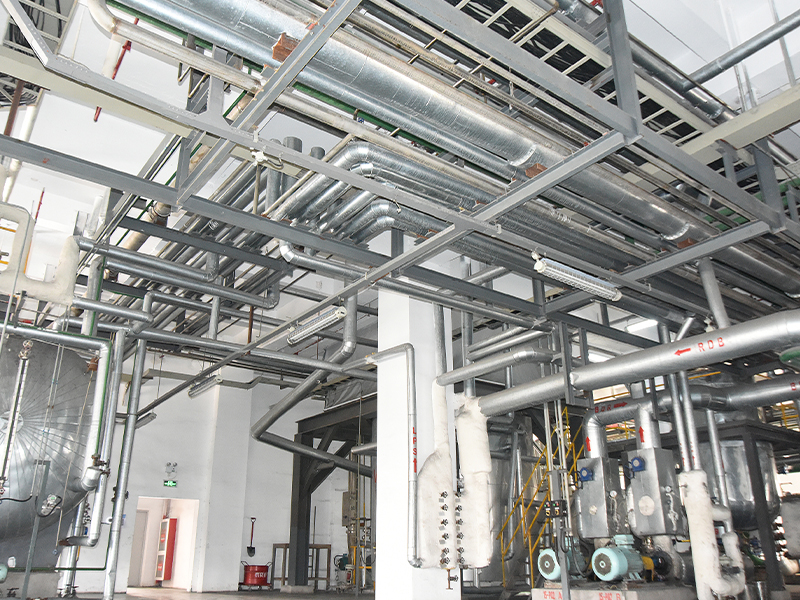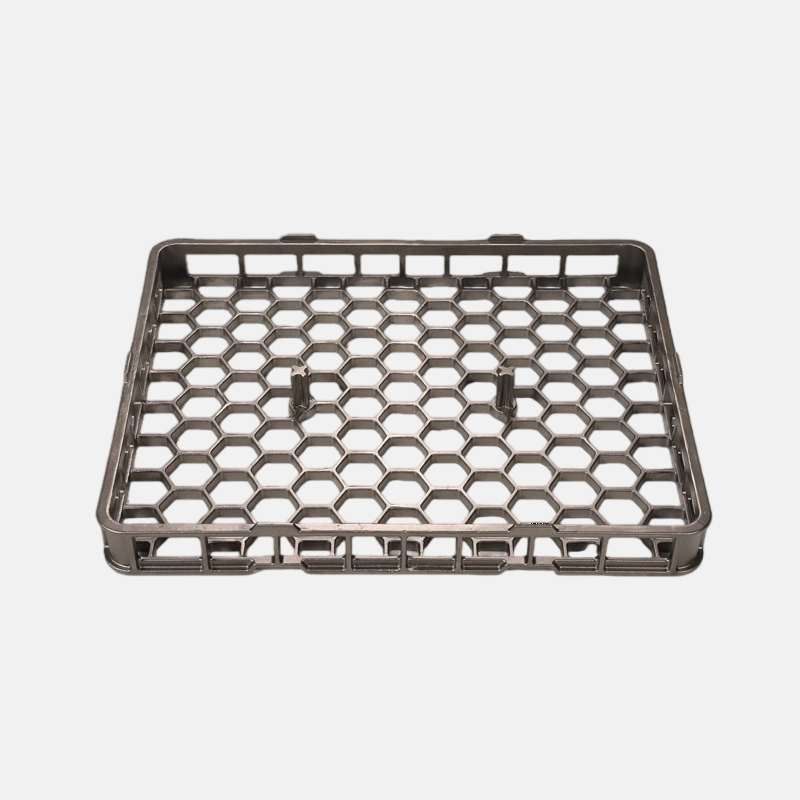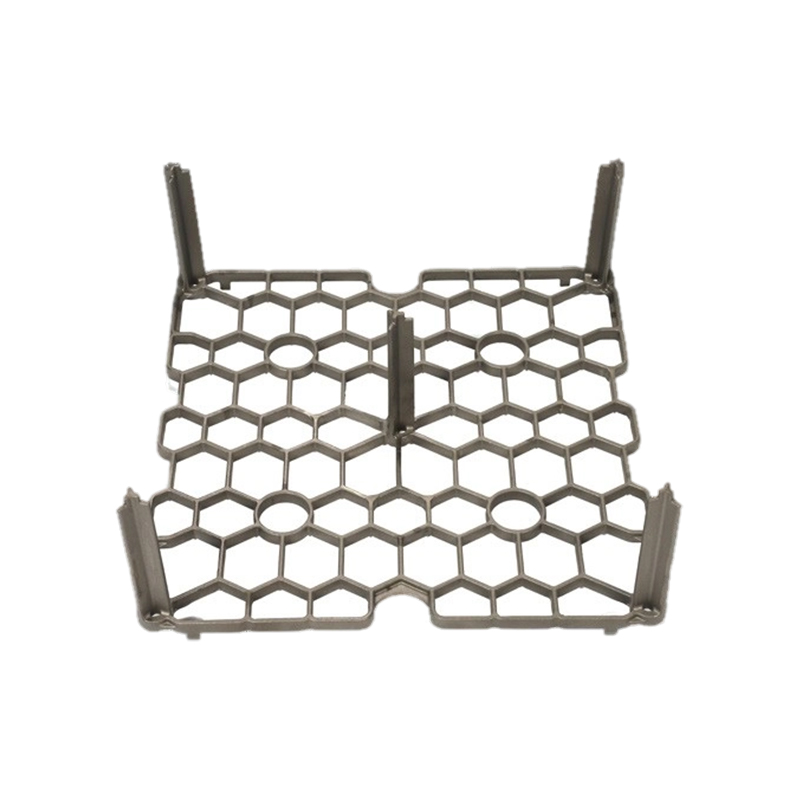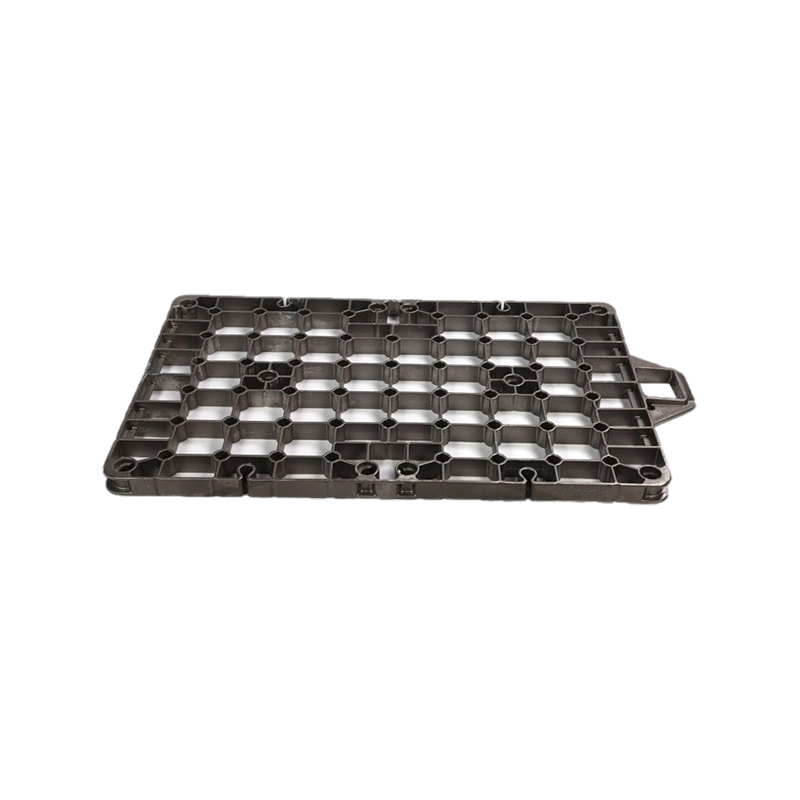In the high-stakes realm of aerospace engineering, where component failure is not an option, the choice of manufacturing process is paramount. Among the various techniques available, Precision Lost Wax Casting (also known as Investment Casting) consistently emerges as the preferred method for producing mission-critical parts, from turbine blades to complex structural elements. The reasons lie in its unique ability to meet the stringent demands of flight.
This capability is crucial when working with the exotic, high-performance alloys prevalent in aerospace. Materials like Inconel, titanium alloys, and cobalt-based superalloys are notoriously difficult to machine. Precision Lost Wax Casting allows these materials to be formed into their final complex shapes with minimal material waste and reduced risk of introducing stress or defects during heavy machining.
Furthermore, the process delivers exceptional metallurgical integrity. The ceramic shell mold created around the wax pattern is poured while hot, enabling controlled solidification of the molten metal. This results in a fine, uniform grain structure, significantly enhancing the mechanical properties – strength, fatigue resistance, and creep resistance – that are non-negotiable for components operating under extreme temperatures and stresses in jet engines and airframes.
Surface quality is another critical factor. Parts produced via Precision Lost Wax Casting inherently possess a smoother surface finish compared to many other casting methods or parts requiring extensive machining. This smoothness is vital for reducing aerodynamic drag on external components and minimizing stress concentrations that could initiate cracks in highly stressed internal parts.
While often associated with smaller, intricate parts, modern Precision Lost Wax Casting facilities can produce surprisingly large and complex components. Its versatility makes it suitable for a vast array of aerospace applications:
Gas Turbine Engine Components: Turbine blades and vanes (both airfoils and intricate internal cooling channels), combustor parts, nozzles.
Airframe Components: Brackets, levers, actuators, hinges, structural fittings.
Landing Gear Components: High-strength structural parts.
Auxiliary Power Unit (APU) Components.
In an industry relentlessly pursuing lighter, stronger, and more efficient components capable of withstanding extreme environments, Precision Lost Wax Casting remains a foundational and trusted manufacturing process. Its unique blend of capabilities continues to make it the preferred choice for turning complex aerospace designs into reliable, high-performance reality.
 English
English русский
русский Español
Español عربى
عربى
